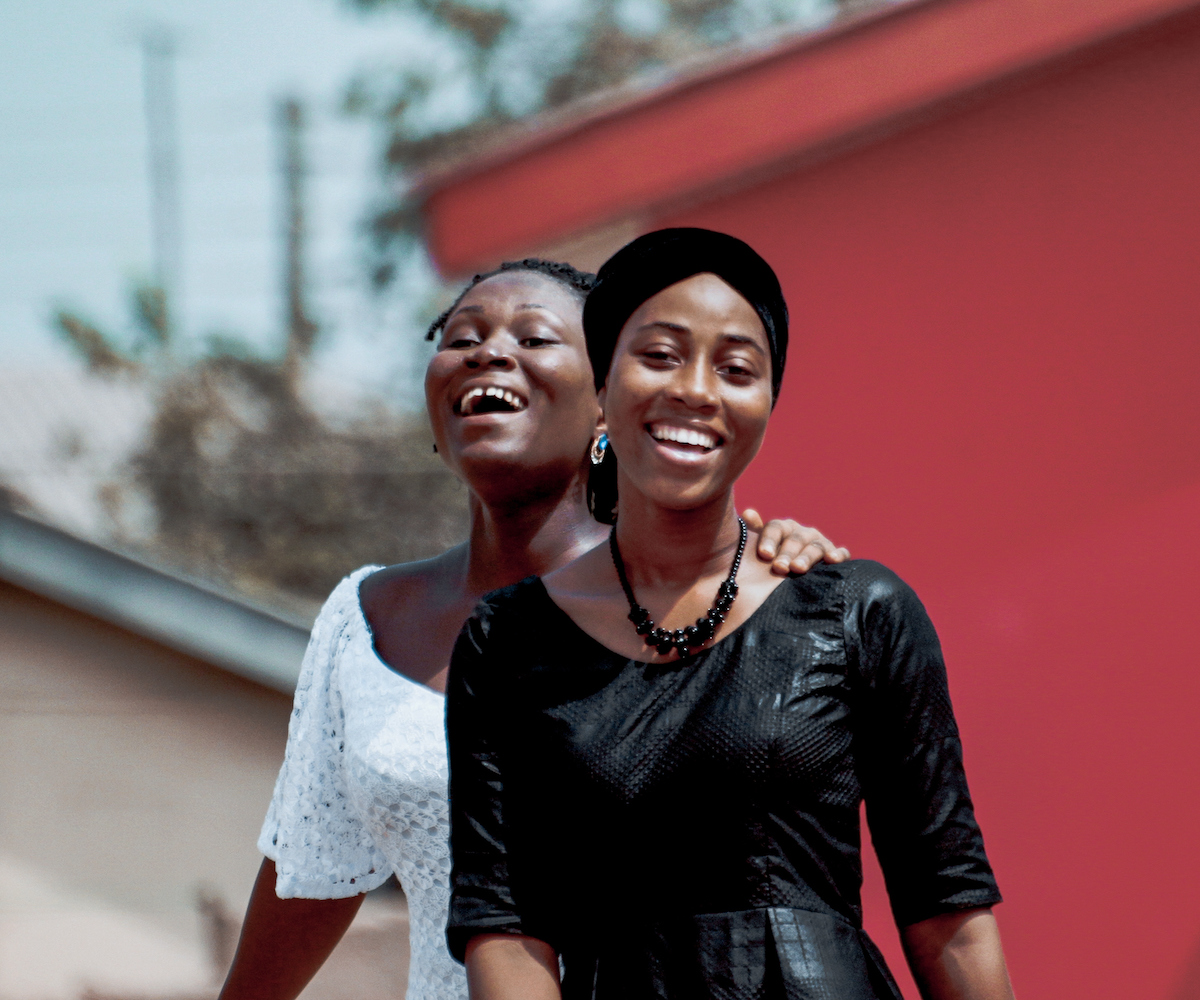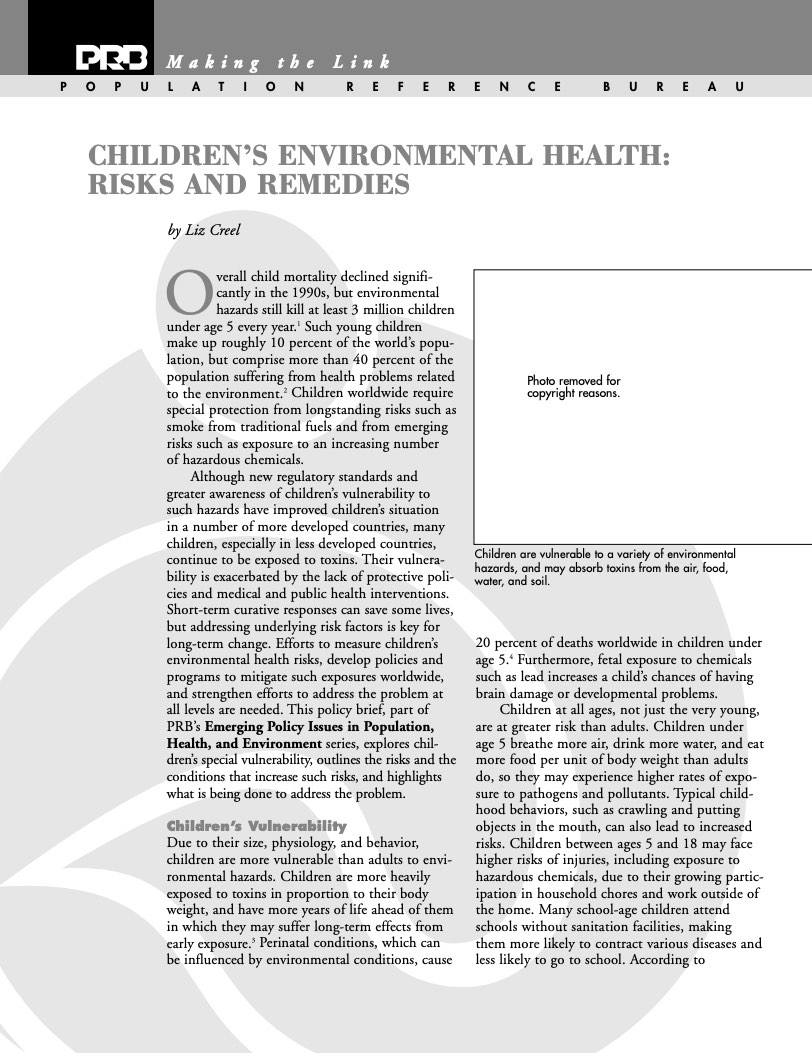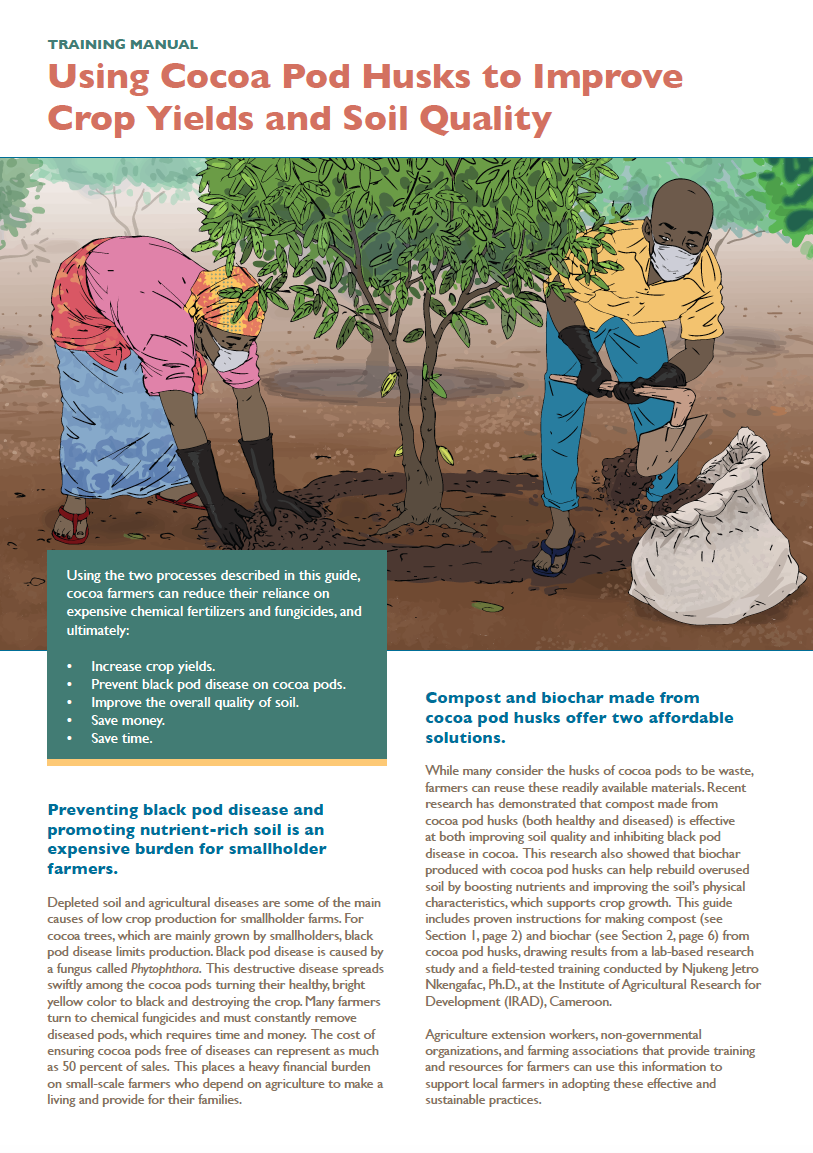Not All Americans Are Smoking Less
(February 2011) The percentage of Americans who smoke tobacco has fallen dramatically over the past 50 years.
(February 2011) The percentage of Americans who smoke tobacco has fallen dramatically over the past 50 years.

Self-care approaches can offer women more control over their lives.

With support from the William and Flora Hewlett Foundation, PRB collaborates with African partners to generate local knowledge, build tools, and foster policy dialogue that position unpaid care work as a structural policy issue, anchored in national data, priorities, and realities.
(2008) Recent demographic trends have created a youth bulge in the Middle East and North Africa, with nearly one in every five people age 15 to 24. Despite its oil wealth and improved health and education systems, the region's political, social, and economic systems still do not meet the needs of this rapidly growing young population.
(2010) Although sharing a land border with Greece and just across the Adriatic Sea from Italy, Albania was socially and politically isolated from the rest of Europe when it emerged from Soviet influence in the early 1990s.

(2002) Overall child mortality declined significantly in the 1990s, but environmental hazards still kill at least 3 million children under age 5 every year.1 Such young children make up roughly 10 percent of the world's population, but comprise more than 40 percent of the population suffering from health problems related to the environment.2

Project: Research Technical Assistance Center (RTAC)
This training manual offers farmers in Cameroon step-by-step instructions for two processes that cocoa farmers can adopt to reduce their reliance on expensive chemical fertilizers and fungicides.

Project: PACE: Policy, Advocacy, and Communication Enhanced for Population and Reproductive Health
Successful family planning programs adopt strategies that expand informed, voluntary contraceptive choice.